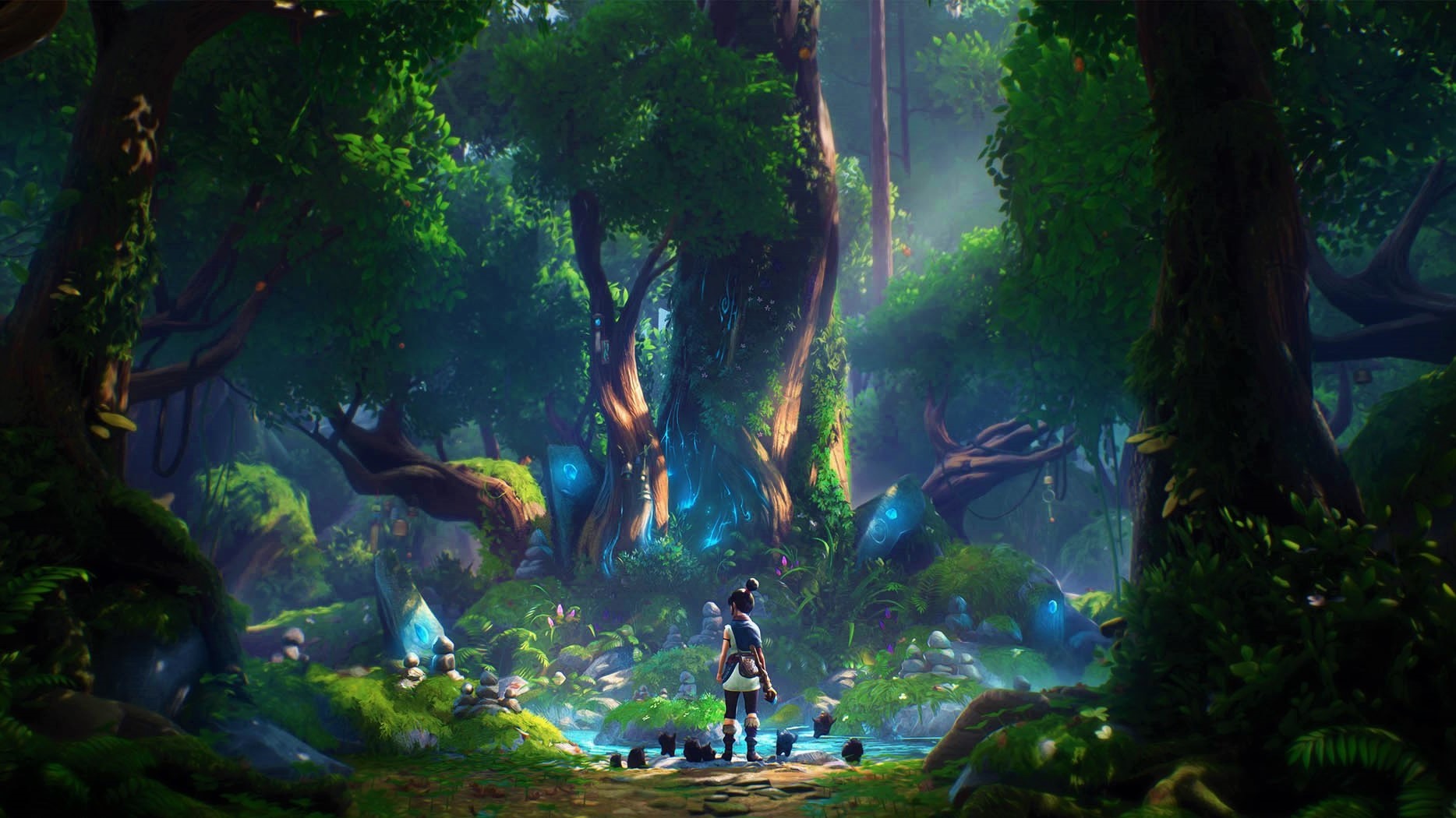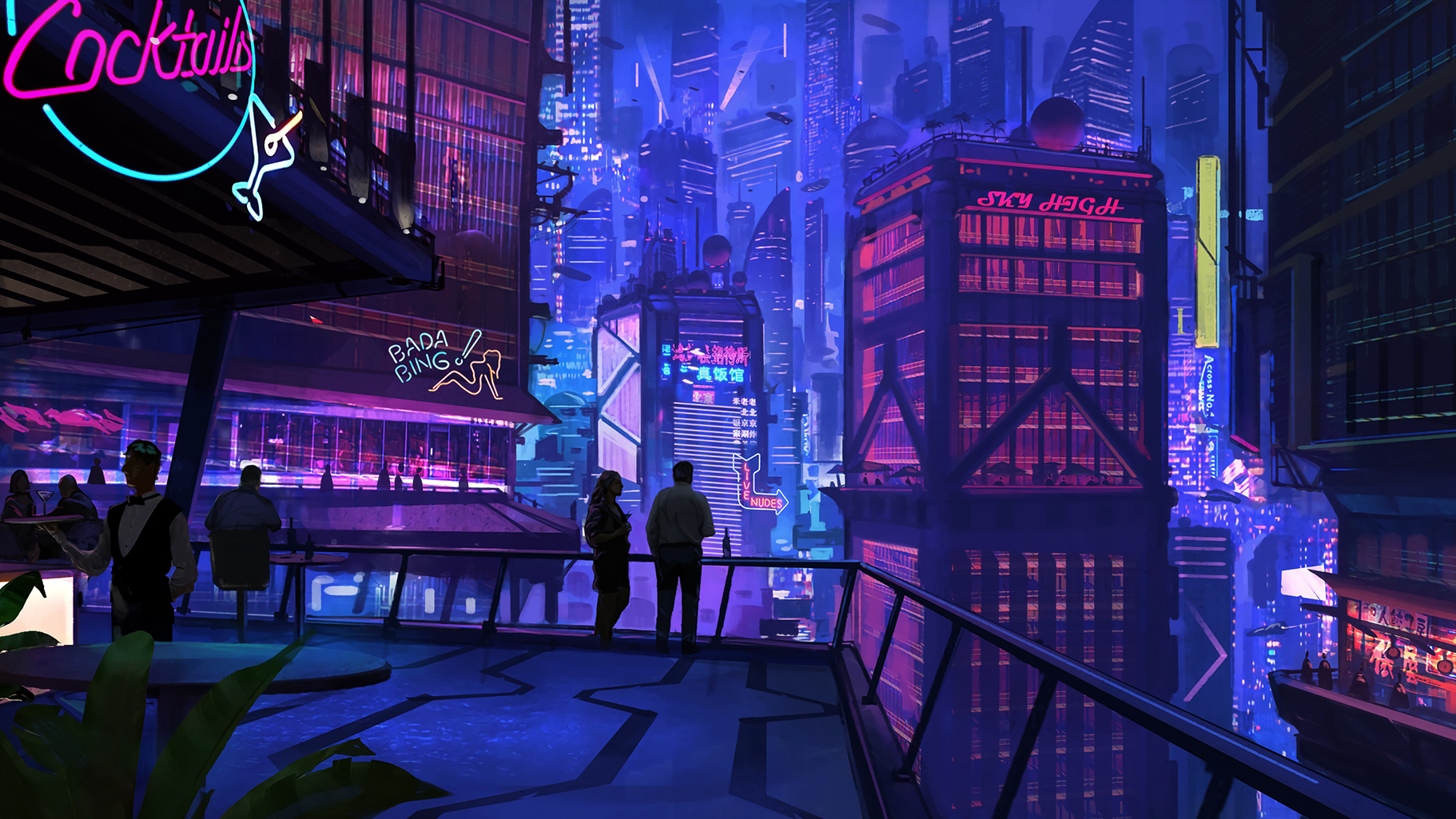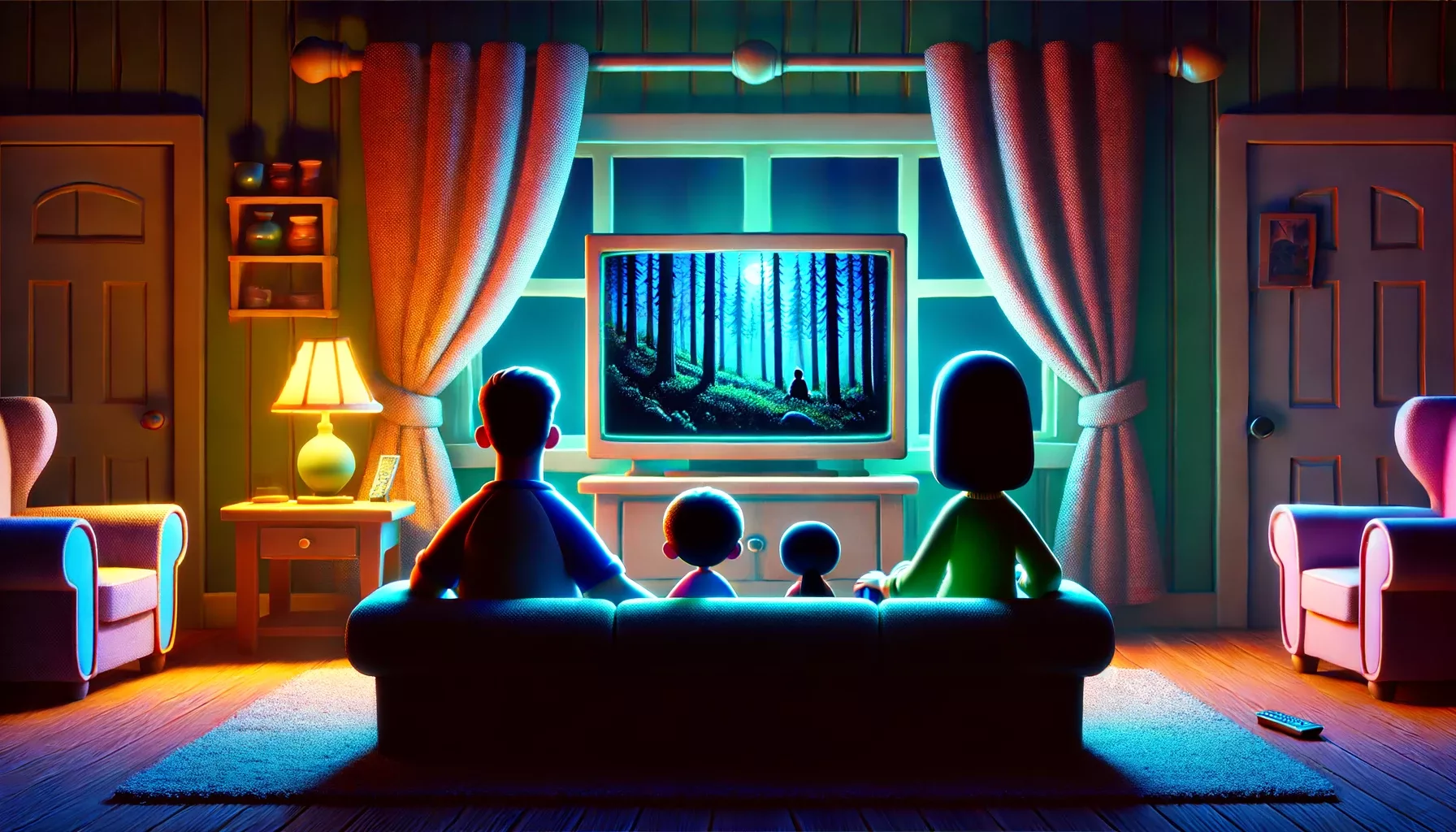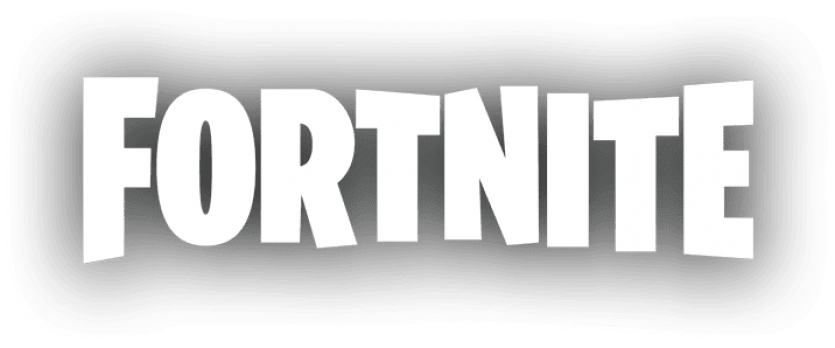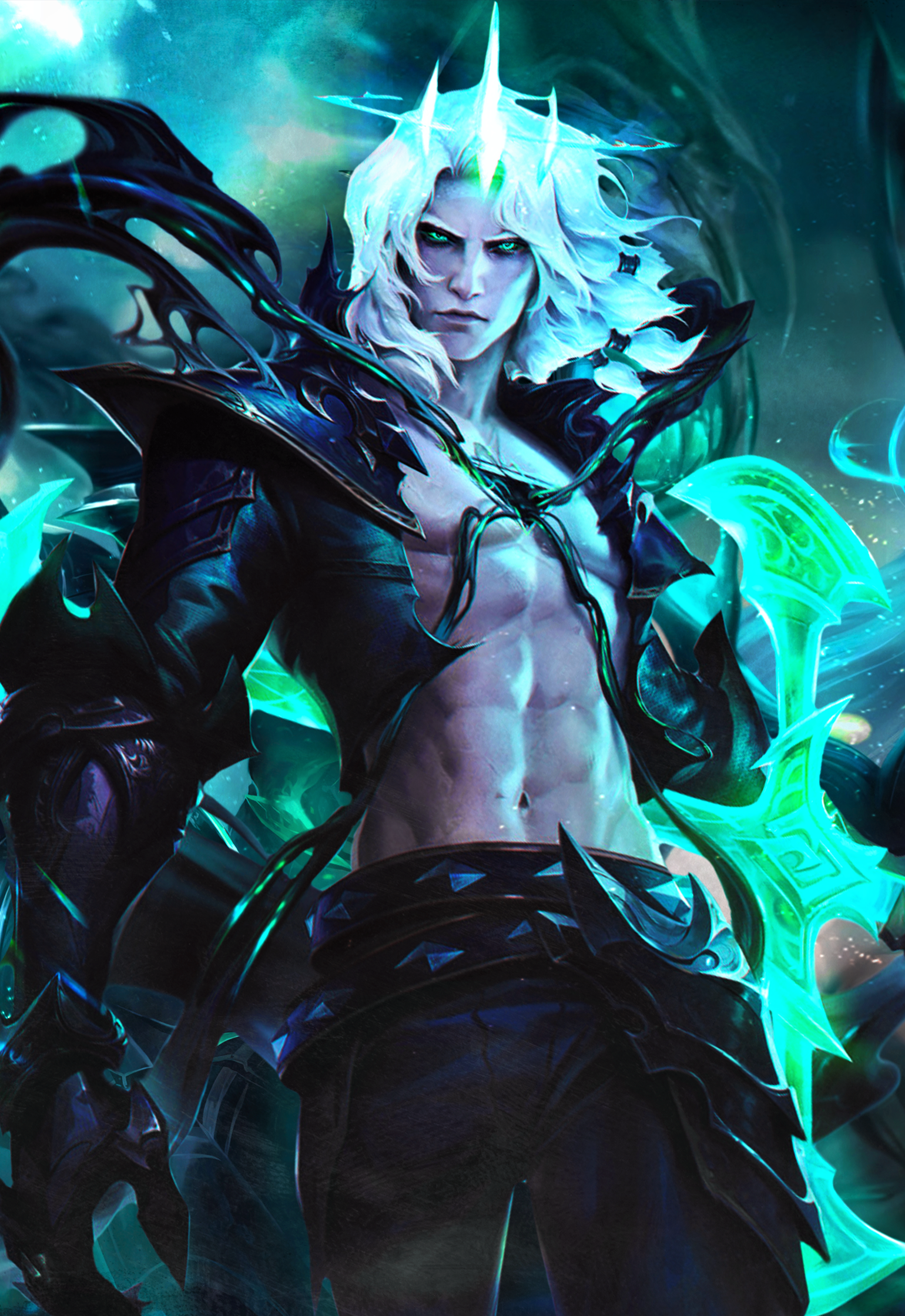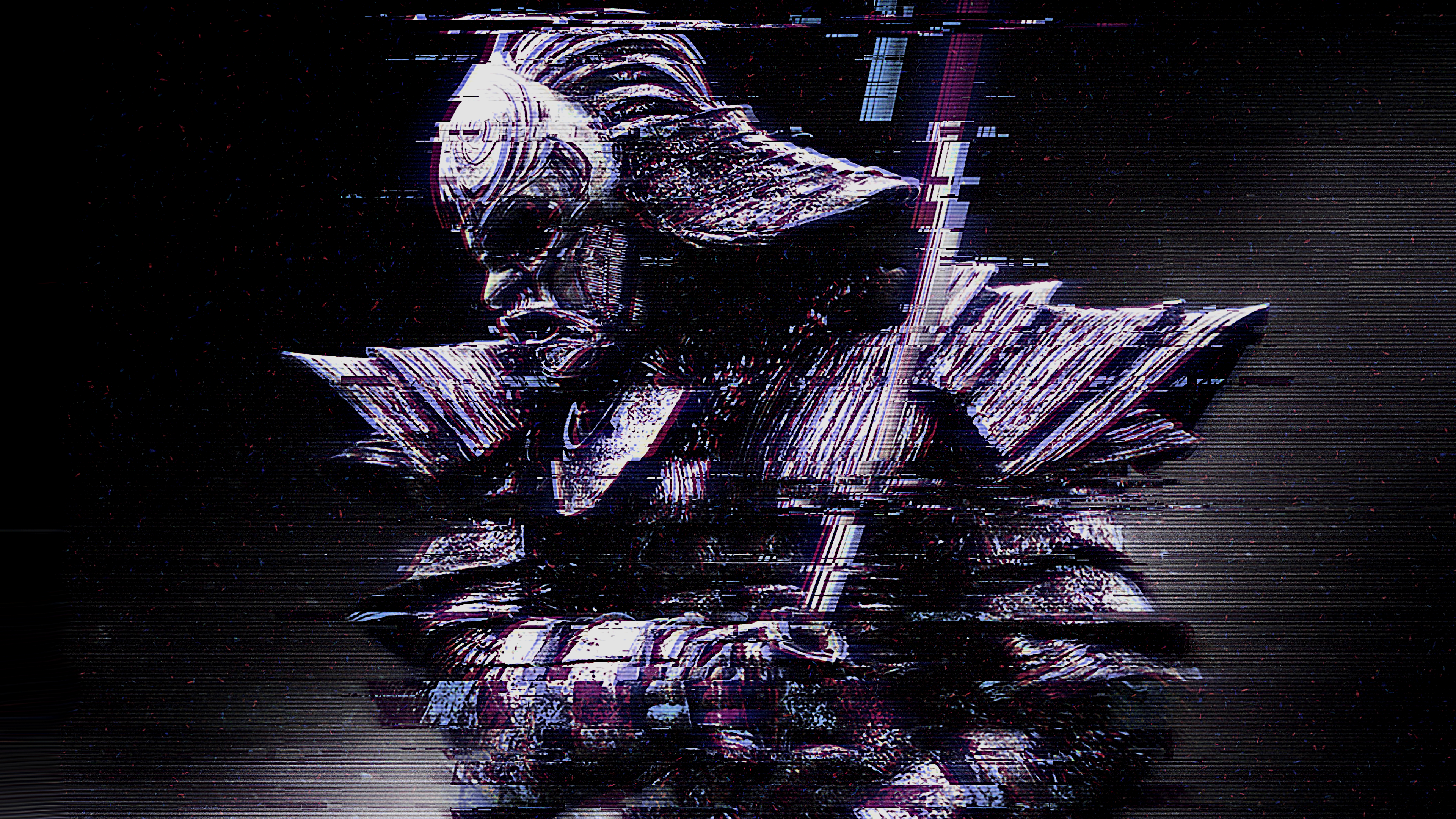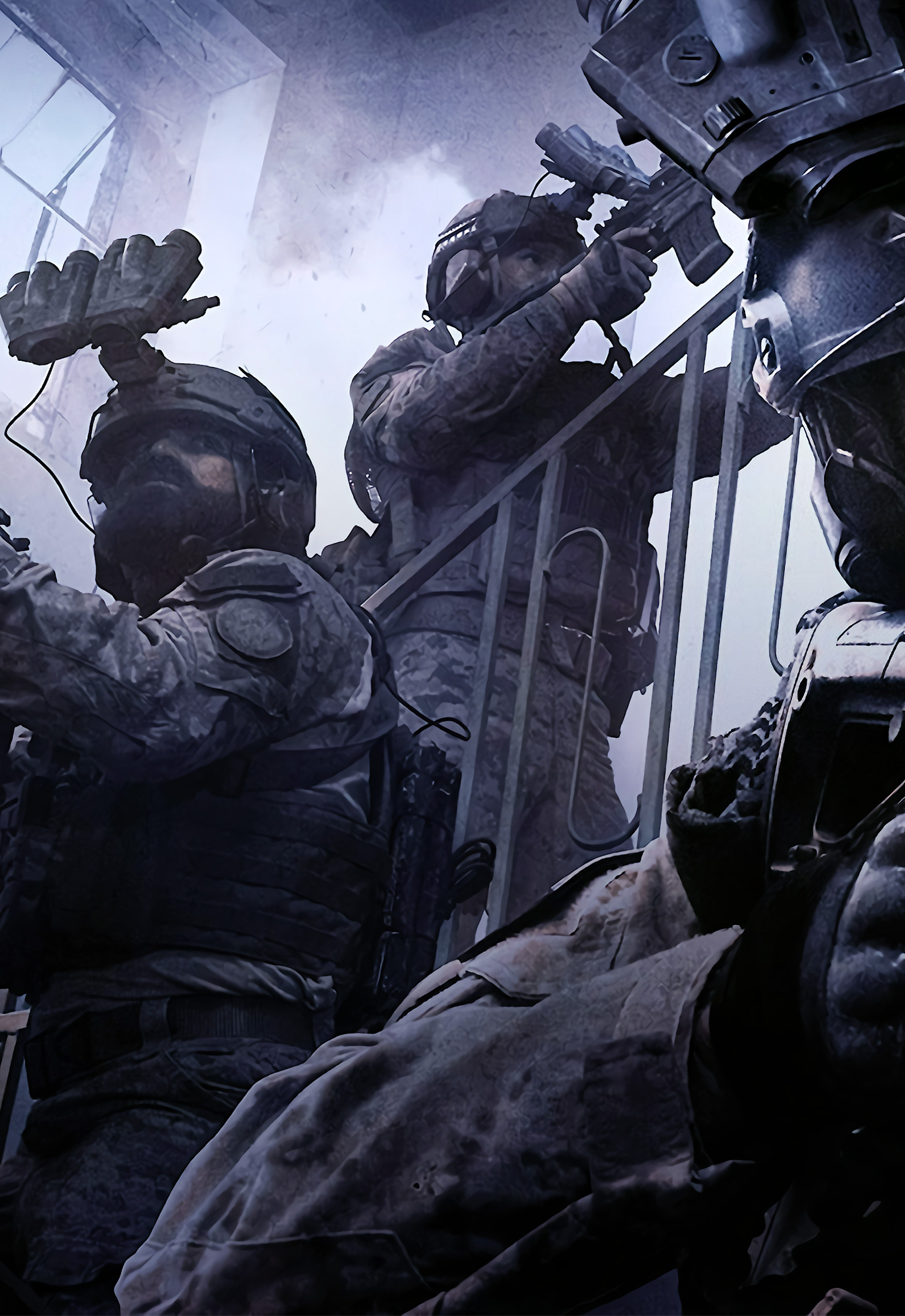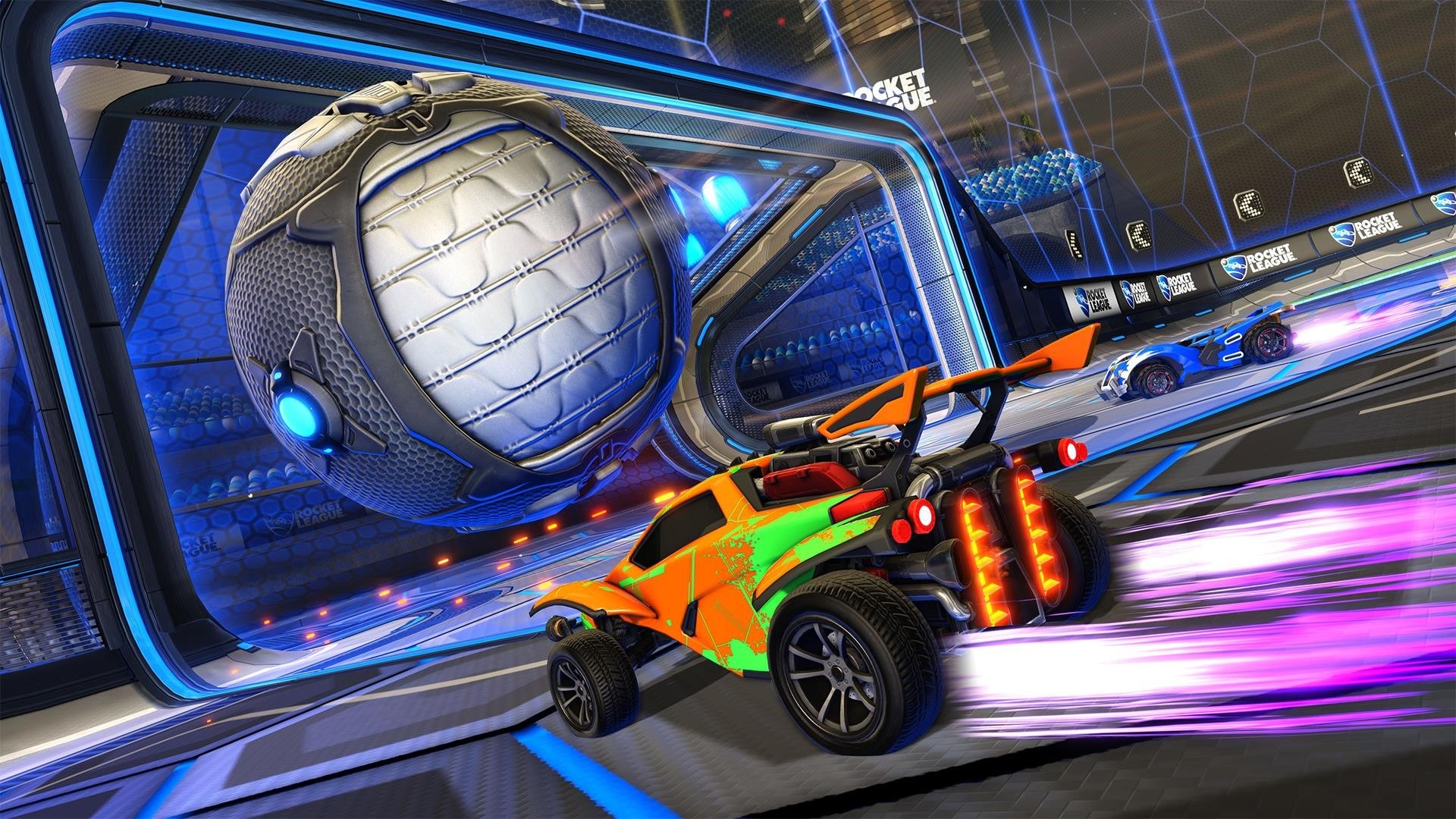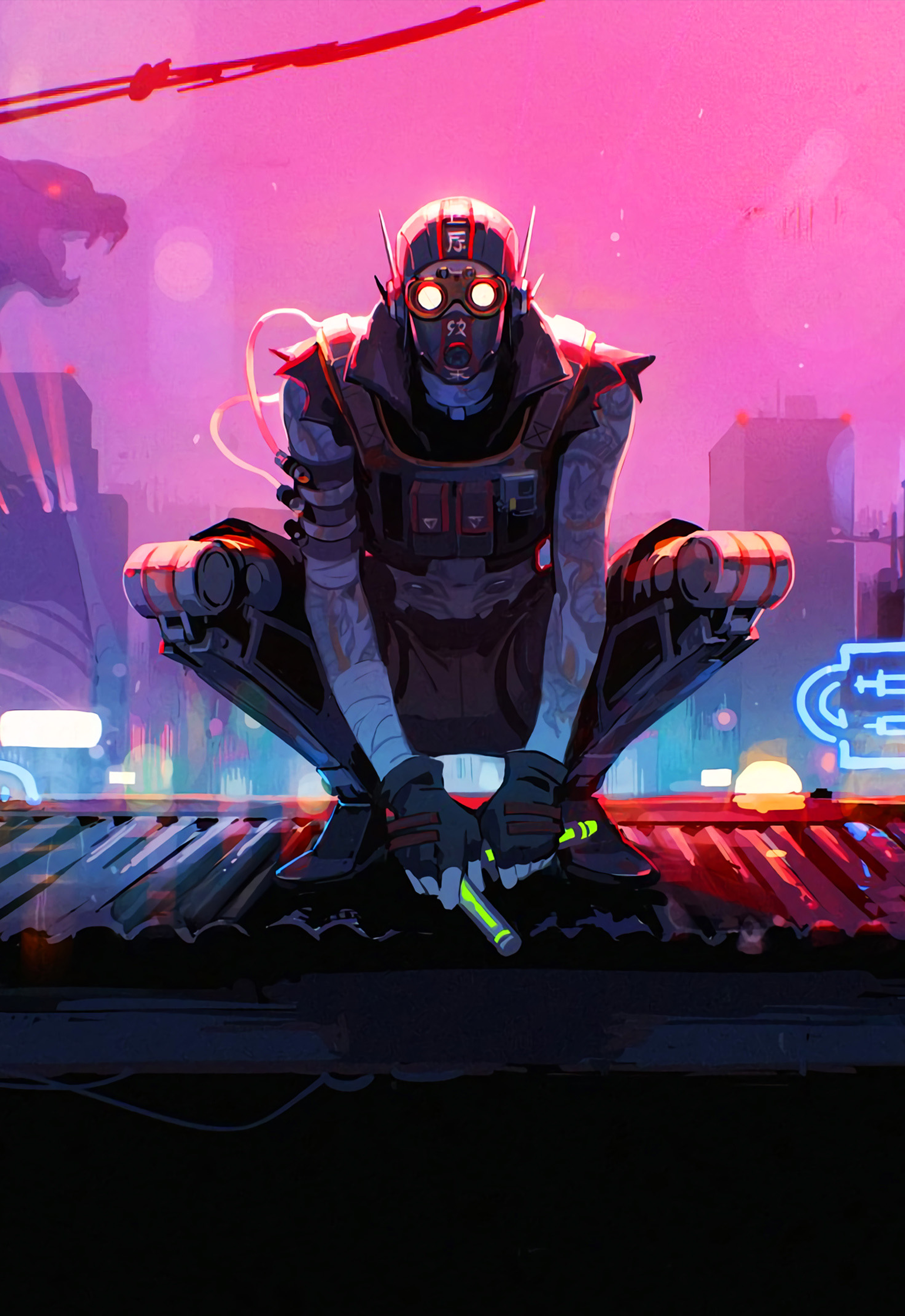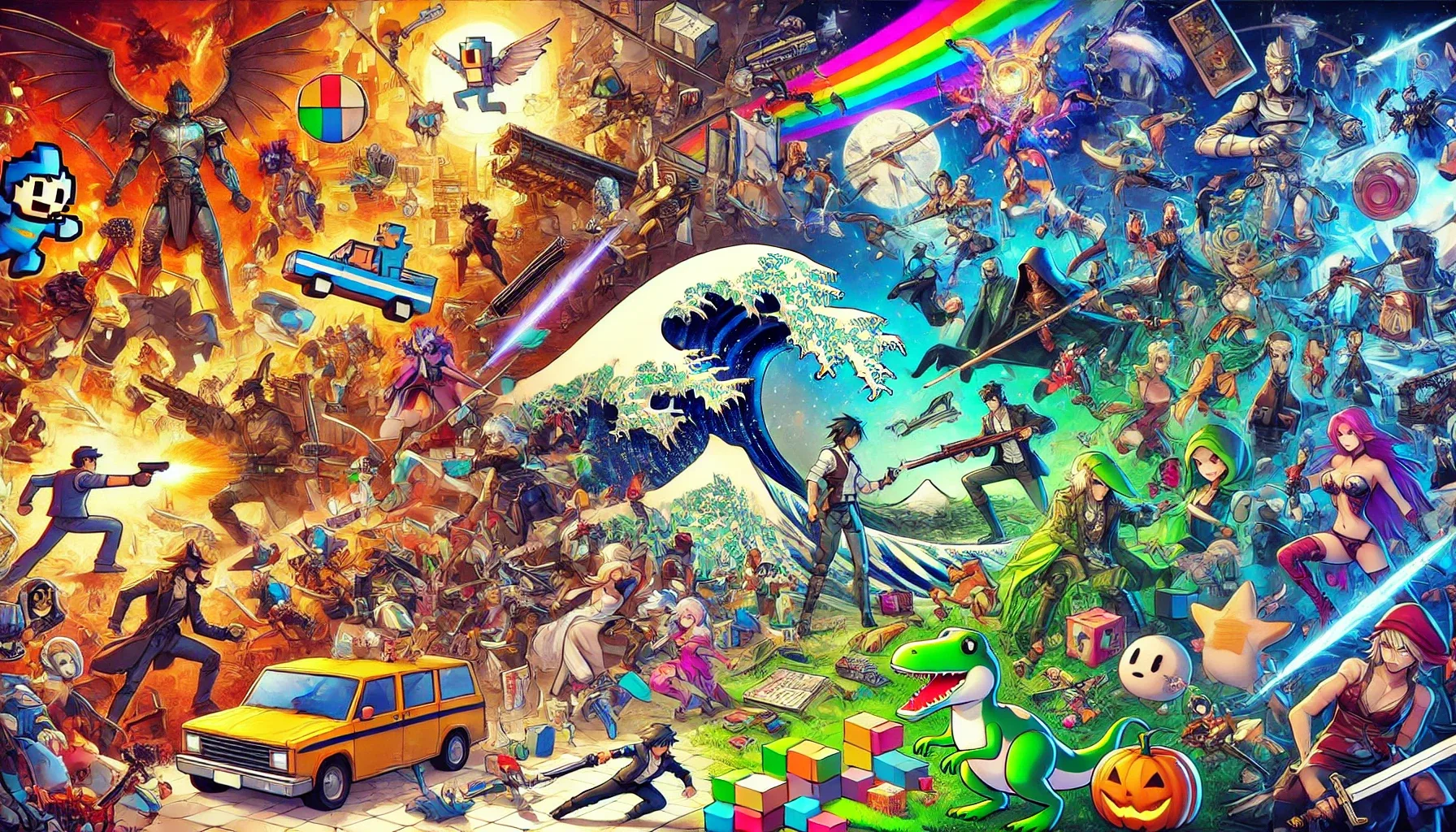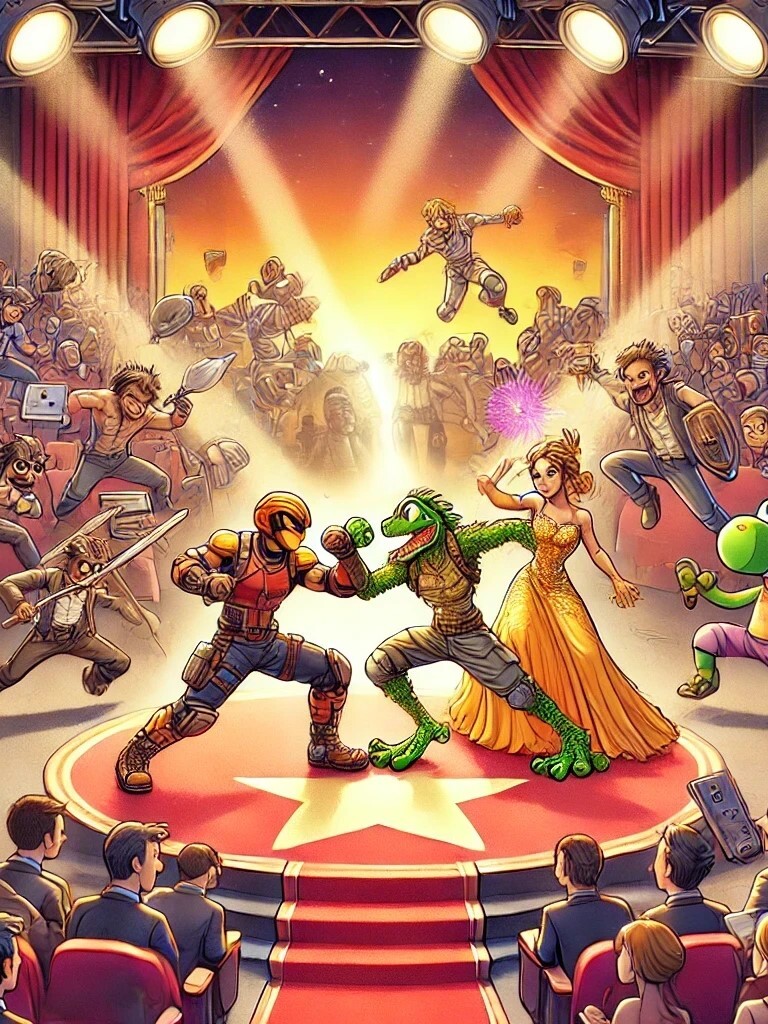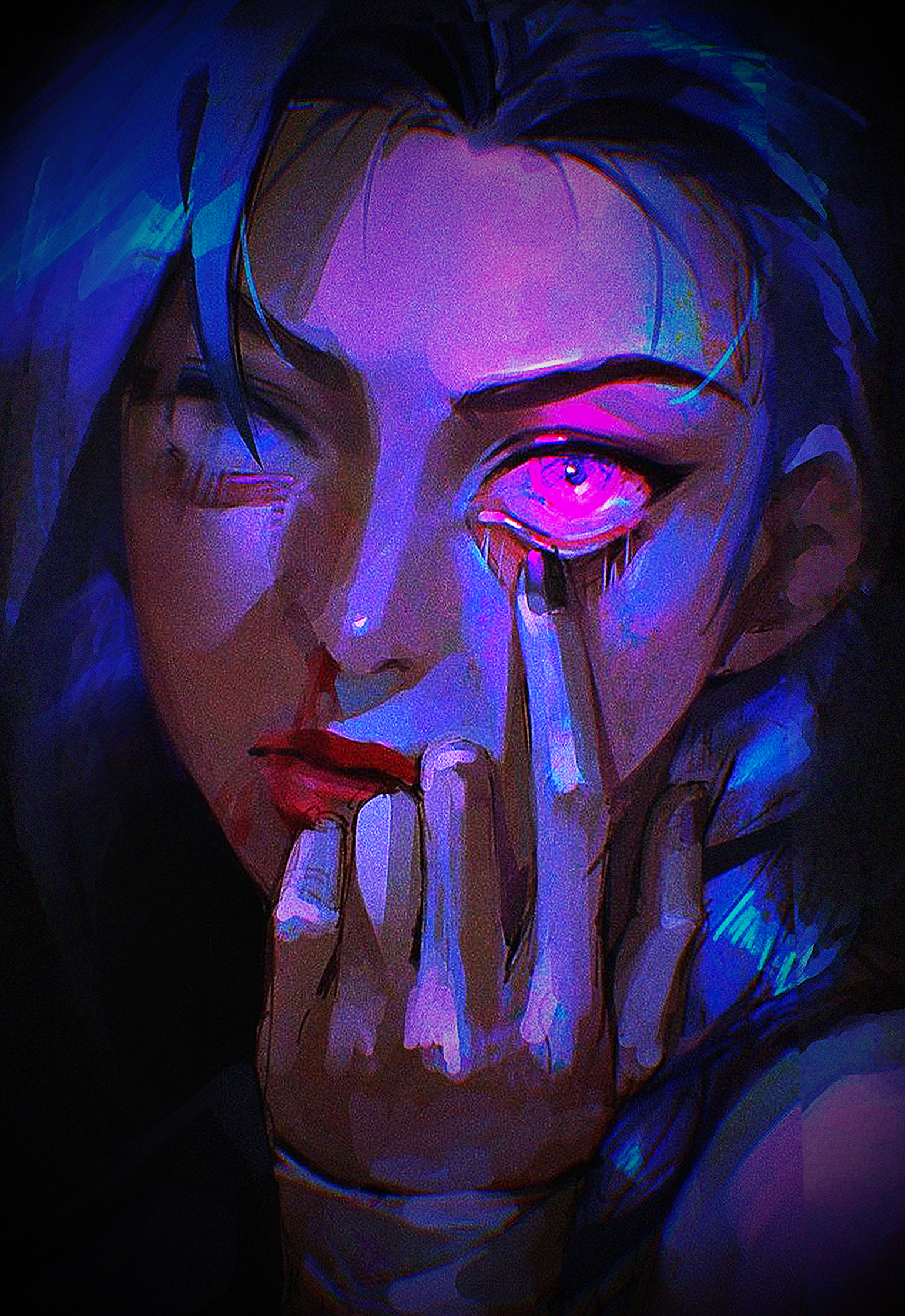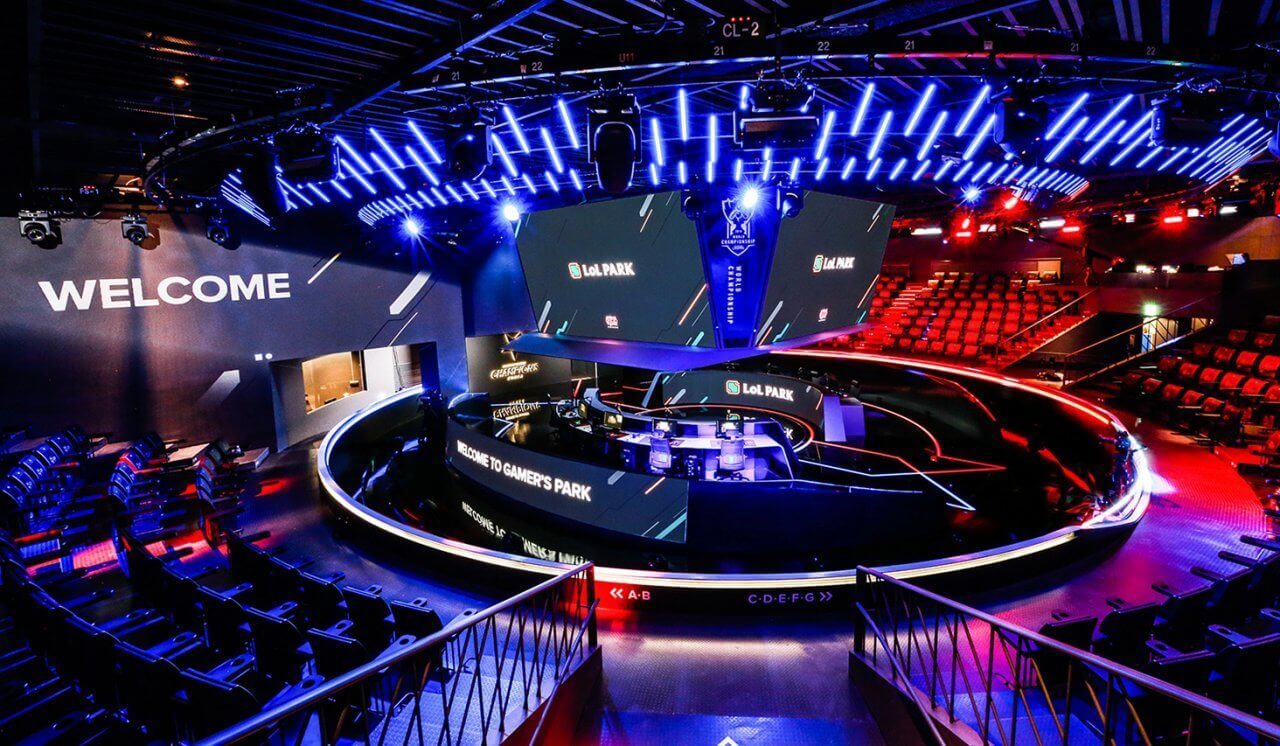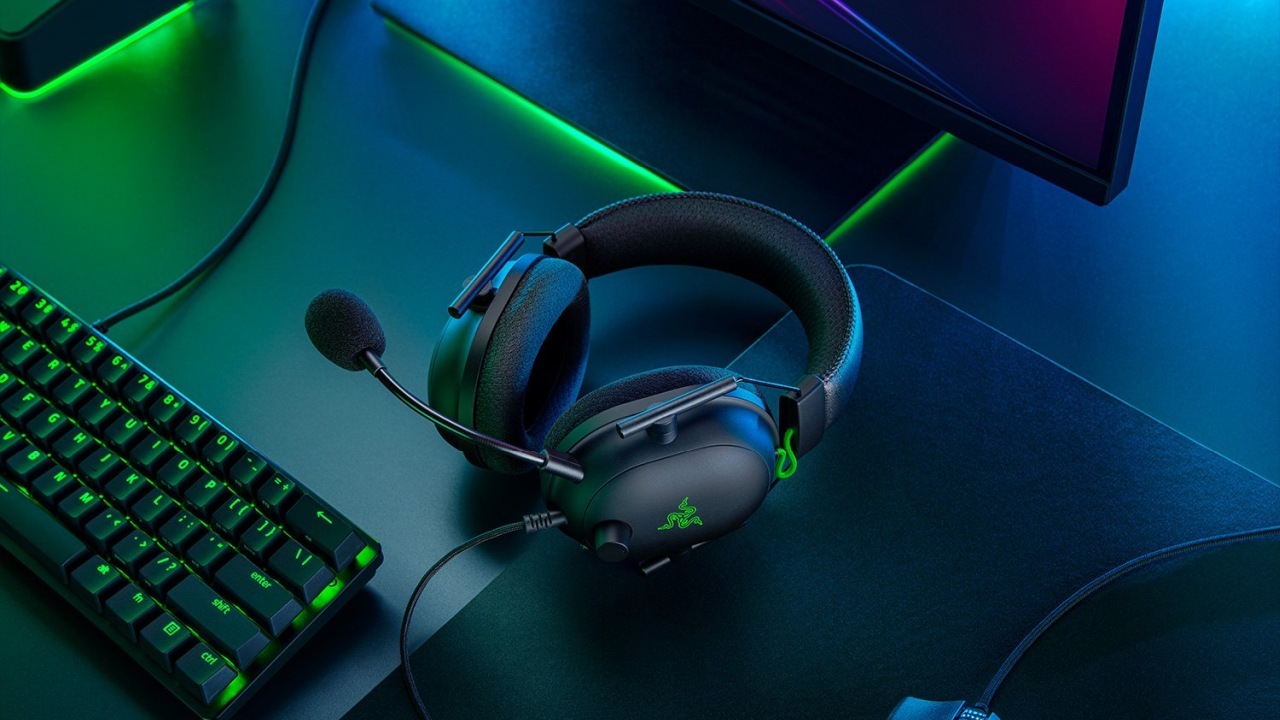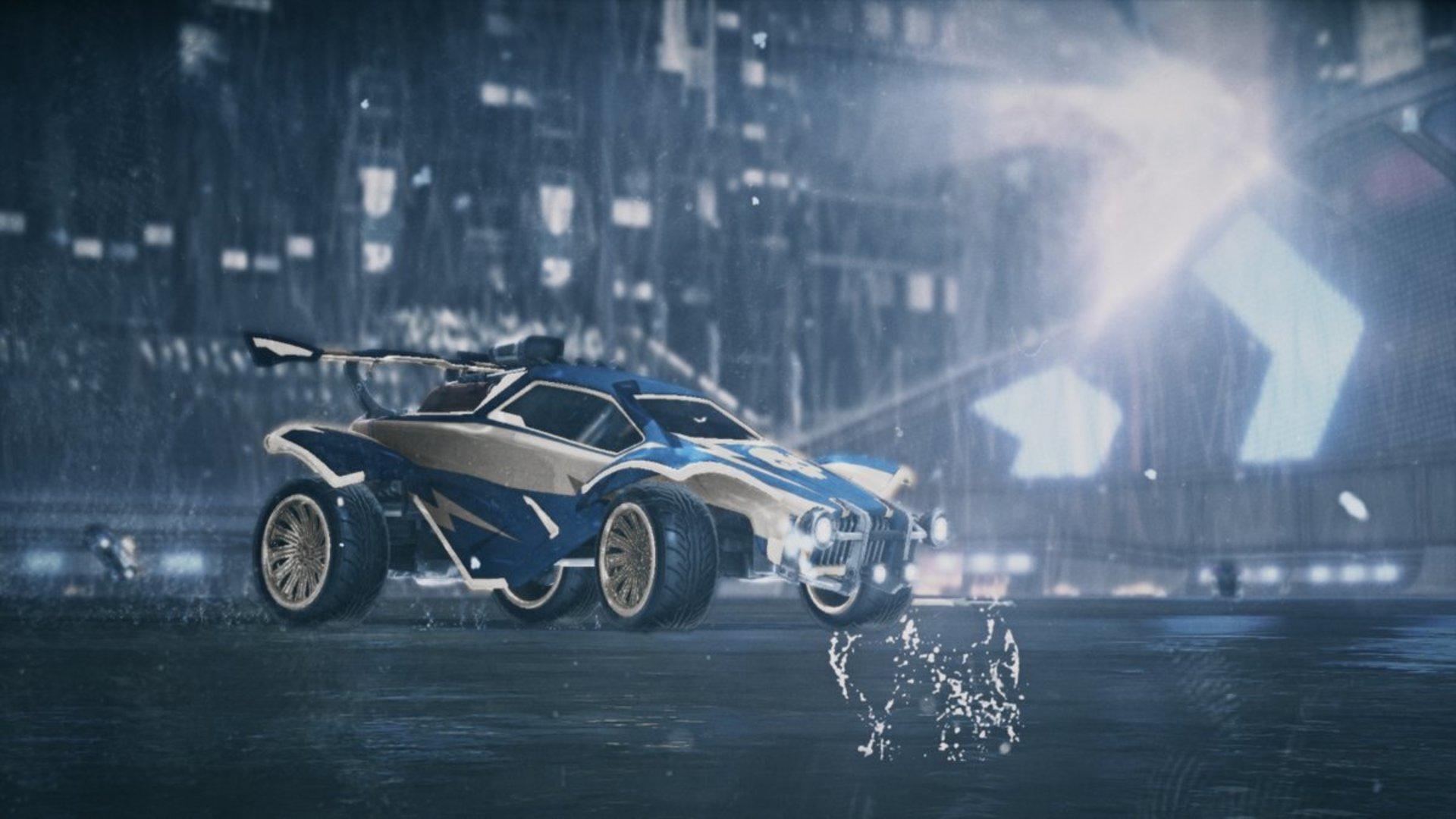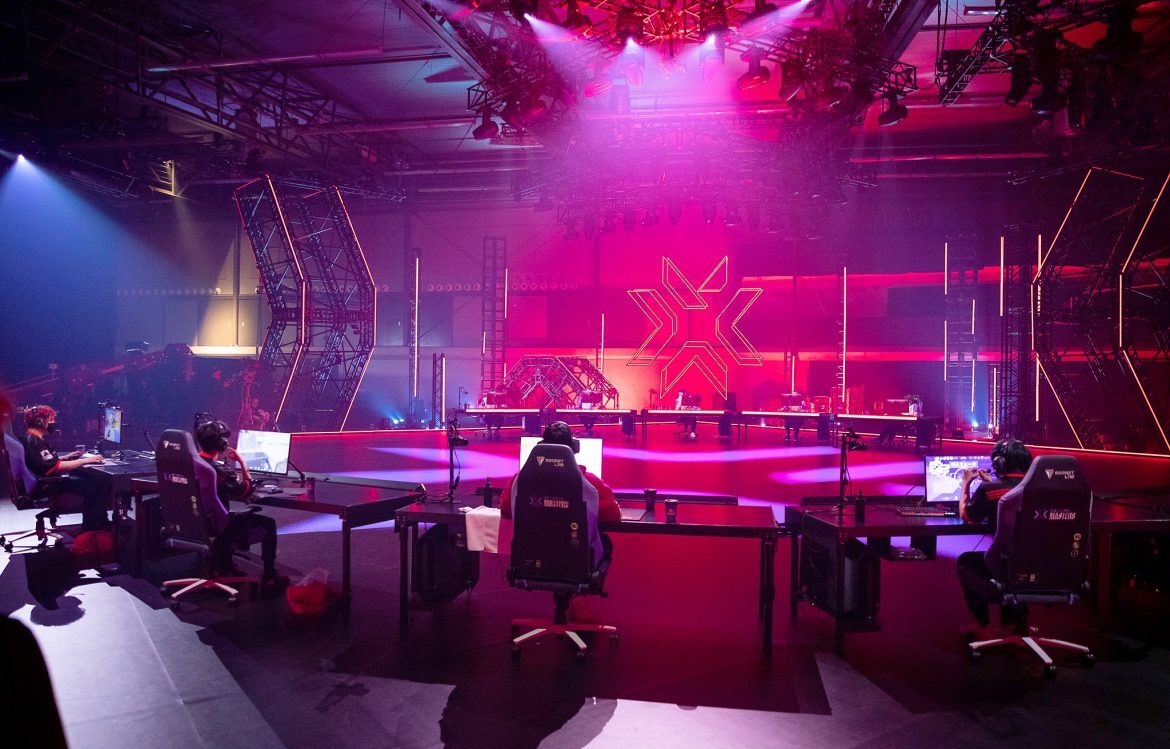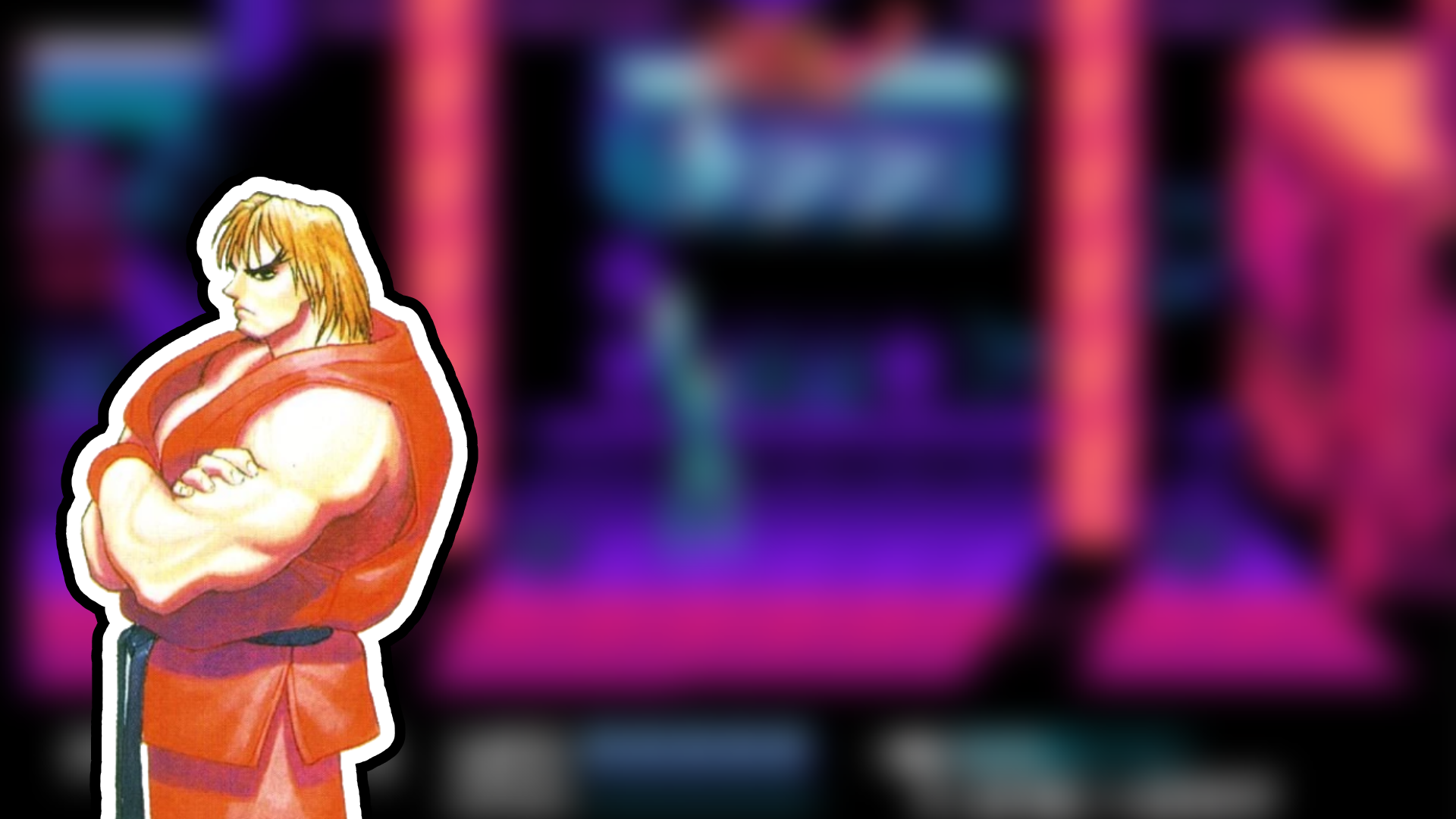You thought the story of Ryu and Ken from Street Fighter led into Street Fighter Alpha and Street Fighter II? Turns out that's only half true...
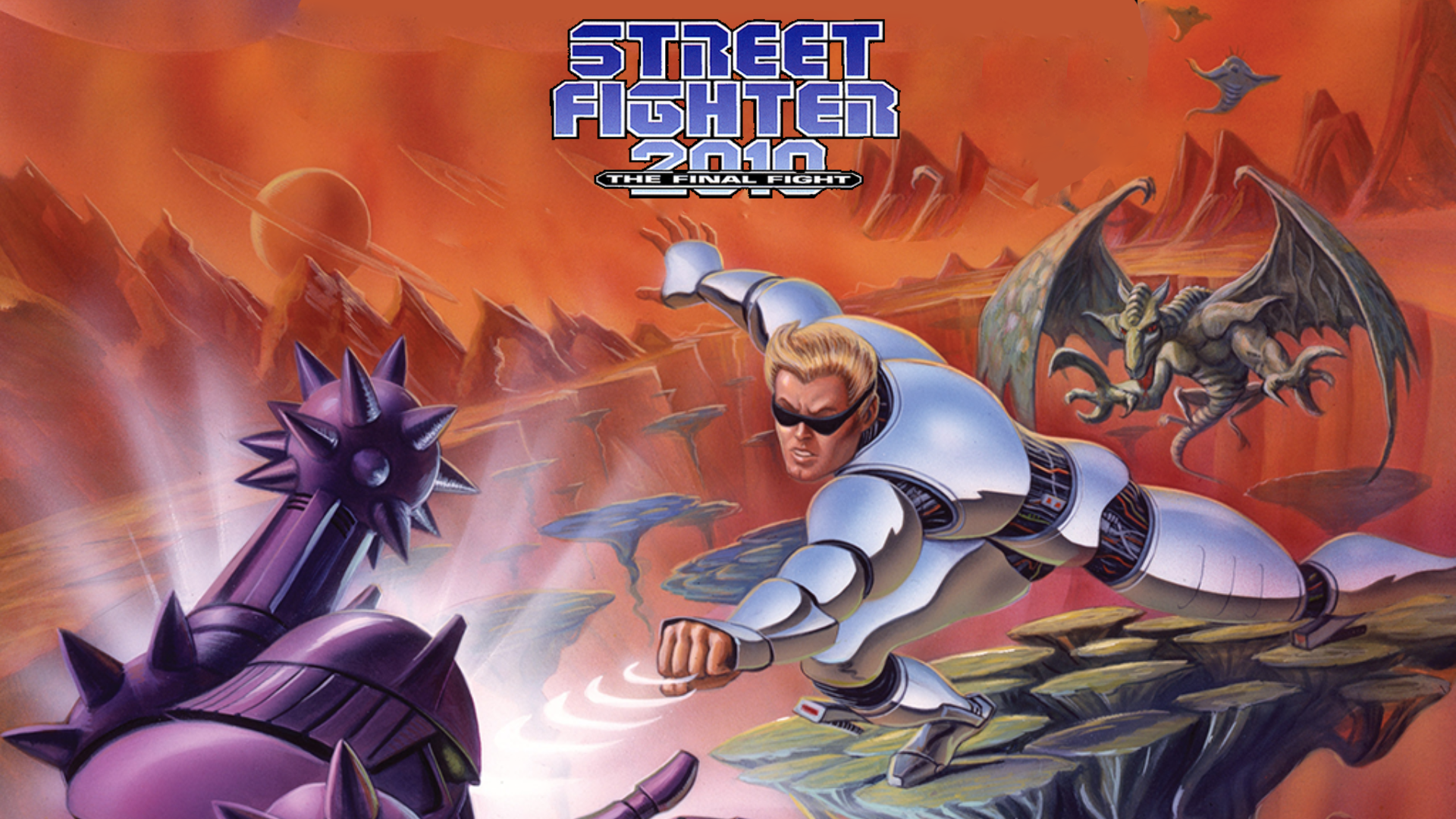
For as happy Capcom seems to be with constantly re-releasing their Street Fighter games via ports, updated versions or compilation titles, one may expect the entire retro catalogue of the fighting game franchise to be readily available in some form or another.
However, there is one title stuck between the original Street Fighter (1987) and Street Fighter II (1991) which the company seemingly wants players to forget about and which could've taken the series into a vastly different direction, had it been successful.
Years Of Training
Street Fighter's 1987 release marked what is nowadays considered to be the first fighting game in a modern understanding of the term, pitting protagonist Ryu against a series of distinct foes in 1-on-1 battles where mastery of the three different punch and kick inputs as well as the special moves initiated by pressing certain buttons in combination with control stick inputs was key.
The arcade game, which was directed by Takashi Nishiyama, who conceived it by adapting the boss battles of his earlier beat 'em up game Kung-Fu Master (1984), was notable for also featuring a competitive two-player mode, where Ryu could be challenged by his former partner and rival Ken whose moveset was identical to that of the fictional Japanese martial artist.
Following the game's arcade success, it received several ports for home computers and consoles, with Capcom seeking to further capitalize on its characters and setting with sequels that didn't necessarily fall into the same genre, such as the beat 'em up Street Fighter '89 which would eventually have its Street Fighter branding removed to be released as Final Fight (1989).
An Unexpected Challenger
Despite Final Fight being deemed too dissimilar to Street Fighter to carry its name, the push to expand the world of the franchise would eventually result in one non-fighting Street Fighter-branded game to hit Japanese and North American markets before Street Fighter II would mark the first and extremely successful attempt to refine the original game's mechanics:
Capcom employee Tokuro Fujiwara, who previously held leading positions in the development of side-scrolling platformers like Ghosts 'n Goblins (1985), Bionic Commando (1987) and DuckTales (1989), was producing a standalone action game for the NES similar to his previous work, when he was taked with retrofitting the title into the Street Fighter series for marketing purposes.
The English version of the game, which would eventually be released as Street Fighter 2010: The Final Fight (1990), was developed first, with the Japanese version titled 2010 Street Fighter effectively being a localization of the game (albeit one that released a month earlier), something which was very uncommon for the development of Japanese games at the time.
Two Different Fights
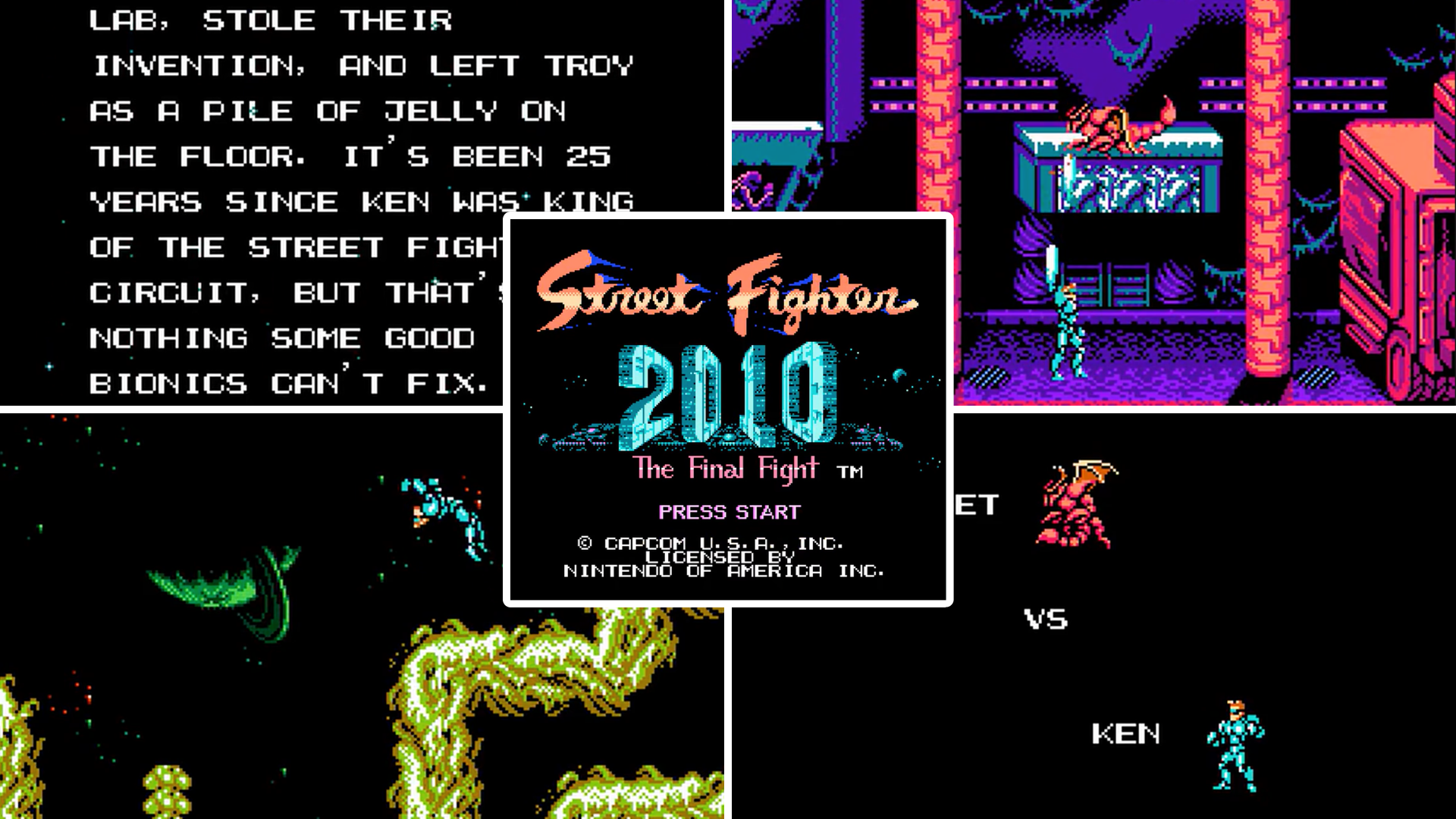
Due to this unusual development process, the plots of the versions strongly differ: In the English version, players follow retired fighter-turned-scientist Ken in the futuristic year of 2010, 25 years after he apparently won the Street Fighter tournament, on his mission stop his former partner Troy – who faked his death to spread a powerful mutagen called Cyboplasm across the galaxy – by using bionic enhancements and warp gates to prevent a galactic pandemic.
In the Japanese version, Kevin Straker, a cyborg officer of the Galaxy Police, hunts down super-criminals known as "Parasites" due to them being implanted with bio-engineered insects, only to discover that he himself is a Parasite created by Dr. Jose, the scientist behind the creatures. Gameplay-wise, however, both versions have similarly little to do with Street Fighter, instead being sidescrolling platformers with projectile-based combat similar to Fujiwara's previous works.
The main protagonist is able to run, jump, backflip and climb walls. He attacks by using energy projectiles fired in multiples directions with different patterns, activated via command inputs and thus constituting one of the few gameplay similarities to Street Fighter. The aim of each stage is to destroy certain enemy targets to accumulate enough power to activate an interdimensional portal, which then needs to be reached within a time limit. Power-ups can be found along the way.
A Neglected Legacy
Street Fighter 2010 never achieved major commercial success and is often seen as a flawed branding experiment that caused fans to be confused over the direction of the franchise. On its own, it was an inoffensive but notably difficult side-scrolling action platformer for the NES. Capcom has likely avoided re-releasing it due to its awkward place in the franchise and conflicts with the canon of Ken and the Street Fighter world established in later games.
In later official material, the few times the game has been referenced (such as the promotional character profiles for Street Fighter V (2016)), Capcom has mostly drawn from the Japanese version of the plot, deeming it "a science fiction title set in a parallel universe". Only issue 10 of the official Street Fighter Unlimited comic series, which was produced in Canada, ever adapted parts of Street Fighter 2010's North American Ken-based story.
While Capcom is unwilling to make the game available to a wider audience, translations of its most memorable aspect – its story – have been developed by fans, allowing Street Fighter 2010 to be played in Spanish or Indonesian. The 2002 mod Street Fighter 2010 2 – Epidemic by Omnizero changing all of the in-game text to make it seem like a continuation of the story (which had been left on a cliffhanger) is likely the only way we'll ever see its plot concluded.
